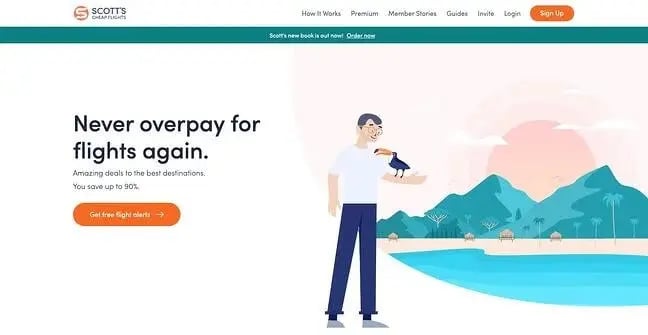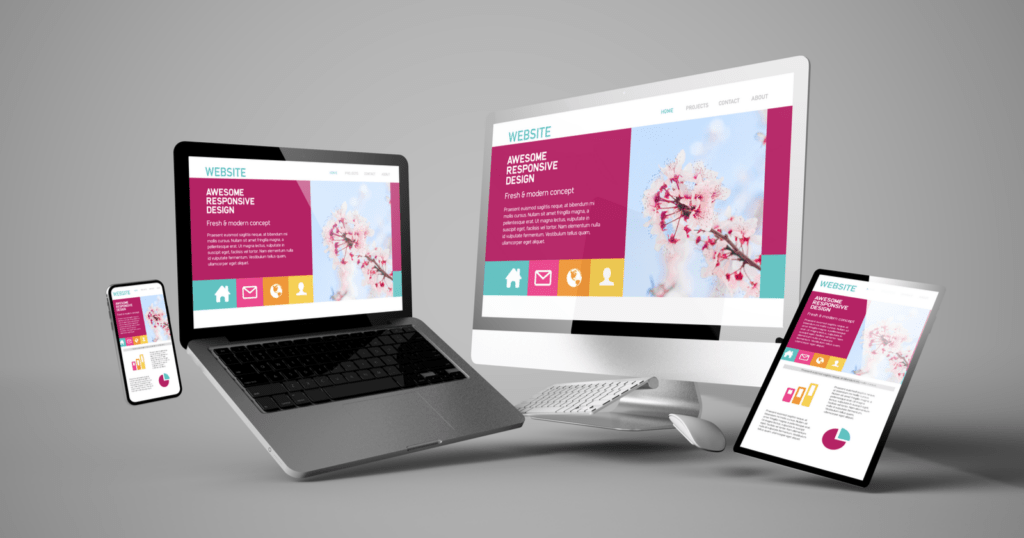Exactly How Website Design Influences Brand Perception
Exactly How Website Design Influences Brand Perception
Blog Article
The Power of User-Centered Web Site Layout in Expanding Your Online Audience
Effective layout concepts-- such as user-friendly navigation and ease of access-- are important in fostering customer satisfaction and commitment. What methods can organizations adopt to guarantee their styles resonate with individuals and inevitably drive growth?

Understanding User-Centered Design
User-Centered Design (UCD) is a fundamental strategy to internet site growth that focuses on the requirements, preferences, and actions of end customers throughout the style process. This methodology emphasizes recognizing individuals deeply-- with research approaches such as meetings, surveys, and usability screening-- to produce a site that resonates with them. By including individual feedback at every phase, designers can guarantee that the end product straightens carefully with user assumptions.
UCD promotes iterative layout, where prototypes are examined and fine-tuned based on user communications and experiences. This cycle not only boosts functionality but additionally promotes a feeling of possession among individuals, as they feel their input is valued and impactful. Additionally, UCD aids determine possible barriers and discomfort points in the customer journey, permitting designers to address these obstacles proactively.
Eventually, embracing UCD causes websites that are a lot more intuitive, engaging, and efficient. By positioning individuals at the center of the style procedure, organizations can produce electronic experiences that not just draw in yet also preserve their target audience, driving better contentment and loyalty. In a competitive on-line landscape, this approach is necessary for achieving sustained success.
Trick Concepts of User Experience
A successful customer experience (UX) depends upon several crucial concepts that guide the design procedure and enhance interaction between individuals and the internet site. Firstly, functionality is vital; the internet site needs to be instinctive, allowing individuals to browse conveniently and discover info rapidly. This consists of clear labeling and a sensible framework that lessens cognitive load.
Second of all, accessibility plays an essential duty in making certain that all users, no matter their disabilities or abilities, can efficiently involve with the site. Incorporating alt text for pictures, keyboard navigating, and display viewers compatibility promotes inclusivity.
Uniformity is another vital principle. A natural layout language, from color design to typography, assists individuals develop knowledge and trust fund with the website (Website Design). It likewise strengthens brand name identity
Moreover, responses mechanisms are important. Users need to obtain immediate and clear feedbacks to their actions, whether with aesthetic hints or verification messages, which improves their self-confidence in browsing the website.
Last but not least, mobile responsiveness can not be ignored. With an enhancing number of individuals accessing websites via smart phones, a style that adapts seamlessly to numerous screen dimensions is vital for maintaining a favorable user experience.

Benefits for Online Involvement
Efficient online interaction offers countless advantages that can considerably boost an internet site's general performance - Website Design. By cultivating meaningful communications between customers and the web site, organizations can grow a devoted audience that returns with consistency. Involved users are most likely to share web content, thus increasing organic reach and bring in new site visitors with word-of-mouth promo
Enhanced online involvement likewise leads to enhanced user complete satisfaction. When users locate an internet site that reverberates with their requirements, they are a lot more inclined to explore its offerings extensively, which can result in higher conversion rates. Additionally, engaging web content urges customers to invest more time on the site, decreasing bounce prices and positively affecting search engine ranking formulas.
Moreover, effective engagement provides vital understandings into user choices and habits (Website Design). By analyzing customer interactions, companies can customize their content and design methods to fulfill the advancing expectations of their audience. This adaptive method not only increases interaction yet additionally strengthens the brand name's reputation as responsive and user-centric
Ultimately, prioritizing online engagement via user-centered style produces a growing ecological community where both the audience and the company benefit, bring about continual growth and success in the digital landscape.

Strategies for Effective Style
To optimize the advantages of online engagement, using certain methods in internet site layout is vital. User-friendly navigating is essential; users ought to conveniently find information without confusion. A well-structured food selection, clear tags, and a rational hierarchy enhance the individual experience and minimize bounce rates.
2nd, responsive layout is crucial in today's multi-device environment. Making sure that a site adapts seamlessly to different display sizes promotes access, thus suiting a wider audience. This flexibility not only boosts individual satisfaction yet also positively influences internet search engine positions.
Third, making use of visual hierarchy overviews individuals' attention to crucial aspects, such as phone call to activity (CTAs) Employing contrasting shades, varying font dimensions, and calculated spacing can successfully direct users towards preferred activities, facilitating higher communication.
Furthermore, implementing constant branding across all pages constructs depend on and acknowledgment. A natural color scheme, my site imagery, and typography reinforce brand name identity and develop a specialist appearance.
Last but not least, enhancing loading rates is essential. Customers are much less most likely to engage with a slow-loading website, making performance optimization a critical aspect click here for more of efficient design. By incorporating these methods, website developers can improve individual experience and inevitably expand their online audience.
Real-World Success Stories
Success tales in user-centered internet site design illustrate the tangible advantages of prioritizing individual experience. As an outcome, they experienced a 250% boost in on-line donations, demonstrating how an intuitive style can drive individual interaction and support.
One more compelling instance is that of Airbnb, which utilized user-centered layout concepts to improve their reservation process. By streamlining the individual trip and integrating customized suggestions, they dramatically minimized website desertion prices. This emphasis on individual experience contributed to a profits growth of over 70% in a solitary year, emphasizing the correlation between properly designed user interfaces and financial success.
Furthermore, the e-commerce giant, ASOS, carried out user screening to fine-tune their mobile app. By dealing with customer pain factors, they achieved an exceptional 30% boost in mobile sales. These examples highlight that purchasing user-centered layout not only boosts user try here satisfaction however additionally drives substantial service outcomes, reinforcing the crucial function of individual experience in attaining online development.
Conclusion
In verdict, user-centered site design functions as an essential method for improving on the internet audience engagement. By focusing on user demands and preferences, businesses can create easily accessible and intuitive electronic experiences that cultivate loyalty and drive conversions. The combination of customer responses throughout the layout process not only reduces bounce prices but also urges expedition. Eventually, taking on effective user-centered layout concepts can significantly add to an organization's success in an affordable digital landscape.
User-Centered Style (UCD) is a basic strategy to internet site advancement that focuses on the requirements, preferences, and habits of end customers throughout the design process. By including customer comments at every stage, designers can make sure that the final item aligns very closely with user assumptions.
An effective customer experience (UX) hinges on several crucial principles that lead the style procedure and improve interaction in between individuals and the internet site.Success tales in user-centered site design illustrate the tangible advantages of focusing on individual experience. These instances highlight that spending in user-centered layout not just improves individual fulfillment yet additionally drives concrete company results, strengthening the important role of customer experience in attaining on the internet growth.
Report this page